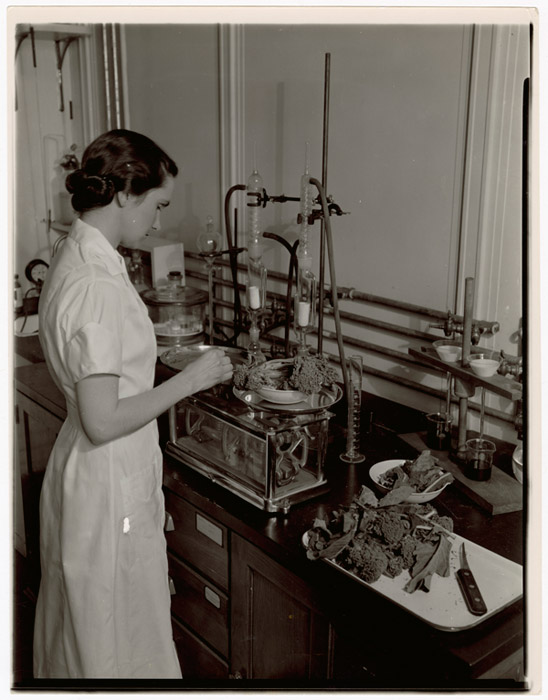
The National Archives, in Washington, DC, has an exhibit called “What’s Cooking, Uncle Sam? The Government’s Effect on the American Diet.” It’s a terrific exhibition, open through January 3. If you care about food, the State, agriculture, the table, and what’s in your body and what’s in our bodies and body politic, it’s well worth the visit.
At the same time walking through this bit of history is, at best, a bittersweet experience, given where the United States is today. Lettuce recalled due to listeria contamination. A peanut company that sickened hundreds is fighting tooth and nail to keep its records closed. With thirteen deaths, and rising, the cantaloupe listeria contamination is now the deadliest food poisoning “event” the country has suffered in twelve years, since 1998, when listeria killed 21 people.
Not surprisingly, recent polls show that “Americans” don’t trust their food “system”, and I would say they don’t trust their government either.
That’s why the exhibition is bittersweet. It documents a period in which people hoped, and with reason, that the United States federal government would address food production and distribution, would address hunger, would address everything having to do with “the American Diet.” In 1974, the US government actually paid Dick Van Dyke to explain, in clear and direct language, the meaning of food labels: “Read the label, set a better table.”
But that was 1974. Today? The United States has a First Lady, Michelle Obama, who cares, genuinely, about food, health, the obesity crisis, diet, and well being, and who has absolutely no power whatsoever. Otherwise, the battle continues.
It is the battle, in fact, as shown in the exhibit that may be of most interest. Although the exhibit seems to focus on “Uncle Sam”, it’s actually all the aunts, sisters, mothers, daughters, female partners who forced the State to pay attention to the food system, from field to fork, and to do something, rather than just blather on.
The exhibit shows that the food industry was never too concerned about consumers’ health or well being, and the food industry, from early in the country’s history to present, has never been short of cash or of “friends in high places.” So what’s a woman to do? Organize. Demonstrate. Protest. Turn aprons into lab coats, turn lab coats and aprons into placards, turn lab coats and aprons and placards into movements, legislation, and sustained structures.
And that’s what women did. Women who self identified as farm women, as mothers, as housewives, as home economists, as nutritionists, as teachers, as provisioners. In the twentieth century, women forced the State to engage in school lunch programs. In the nineteenth century, women, like “Mrs. Duragnac”, forced the State to address the contamination of food products, such as exploding ketchup containers and lethal candies, to mention just two items. From the beginning of the United States to today, women have been engaged in one long, continuous food uprising. It’s all in the Archives.
So, Uncle Sam, thanks for your interest. You would never have done a thing, however, if it weren’t for the army of Sammie’s and Sammy’s – aunts and all their friends and kin – pushing, pulling, prodding, and lighting the fire. Aunt Sammie haunts the history of the American diet.
(Photo Credit: U.S. National Archives)